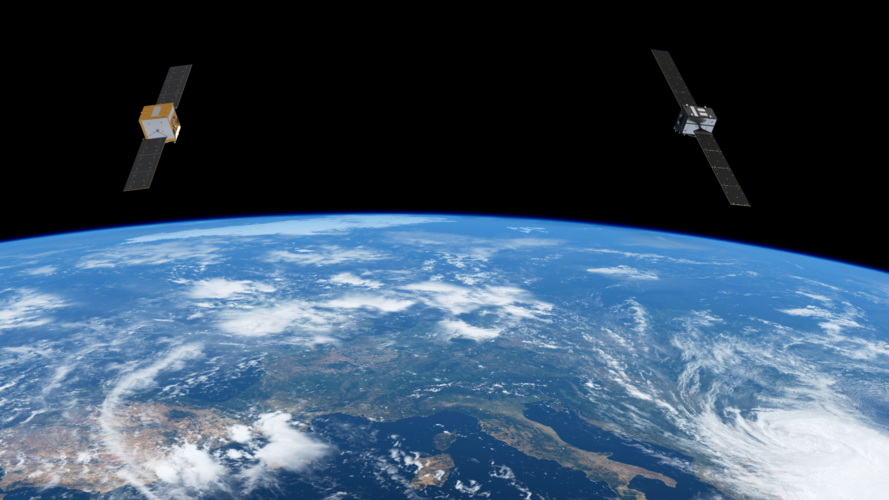
Galileo Second Generation satellites will be groundbreaking: they will have fully digital navigation payloads, use electric propulsion, host a more powerful navigation antenna, have inter-satellite link capacity and an advanced atomic clock configuration. Moreover, their architecture will offer a high degree of flexibility.
G2 can now ramp up its production. Industry is already busy manufacturing all the onboard equipment and satellite structures, and the teams will begin assembling and integrating the components in the proto-flight models soon.
Additionally, in the coming months the first satellite compatibility test campaigns will validate the communication between the satellites and ground segment.
Head of the Galileo Programme Office, Miguel Manteiga, thanked all the teams that participated in the satellite CDR process, “It is remarkable to see how, when faced with the most exigent requirements for GNSS satellite systems in history, European industry can answer in time to deliver a state-of-the-art design. We are really looking forward to ramping up manufacturing and to starting the System Compatibility Test campaigns with satellites, ground segment and Galileo receivers.”
To this date, the Galileo constellation has 30 First Generation satellites in orbit and an additional eight are ready to be launched, two in September this year and six more starting in 2025. Second Generation launches will begin before the end of this decade.



